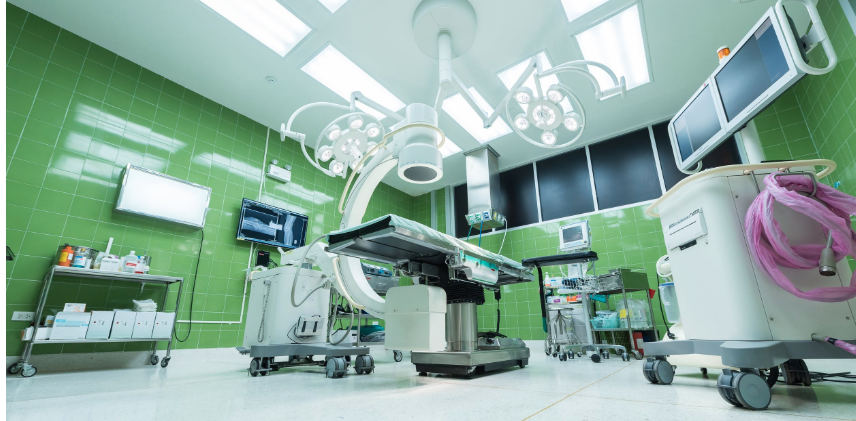One of the most overlooked aspects of hospitals is the responsibility the staff has to keep all of the medical tools and instruments properly sterilized. If a hospital can’t guarantee that these utensils have been sterilized, they won’t be able to treat patients in a sanitary way or carry on with their normal operations. At the heart of the steam sterilization process is the hospital’s steam plant or boiler system.

Getting Started
The entire sterilization process inside a hospital begins with its system of industrial boilers. These boilers are what allow the hospital to function. They produce the steam that is used to heat the building, heat the water, wash all of the hospital’s laundry, operate the kitchen, among other vital hospital tasks.Every hospital has at least one or two of these boilers running virtually non-stop to ensure enough steam is being generated to meet all the heating, laundry, and other demands of the hospital. Most of the time, the boiler system is in a central location and transmits steam throughout the rest of the hospital through a series of pipes.
The Autoclave Sterilizer
One of the destinations of the steam produced by hospital boilers is an autoclave sterilizer. This is the device that hospitals use to kill germs and bacteria on lab equipment or surgical tools before they can be used for medical procedures. Killing these kinds of micro-organisms requires a certain level of heat that is best supplied by steam, as it’s more efficient than using hot air. Thus, hospitals need steam from their boiler system to be pumped into autoclave so that these important medical instruments can be sterilized.To be fair, only about 5% of the steam created by the hospital boilers or steam plant ends up being used for sterilization purposes. Compared to heating the hospital or providing the large volumes of hot water required to perform all of the cooking or laundry that goes on in a hospital, very little steam needs to be dedicated to the autoclave sterilizer. However, the sterilization of medical instruments is just as important as any other task performed inside the hospital.





